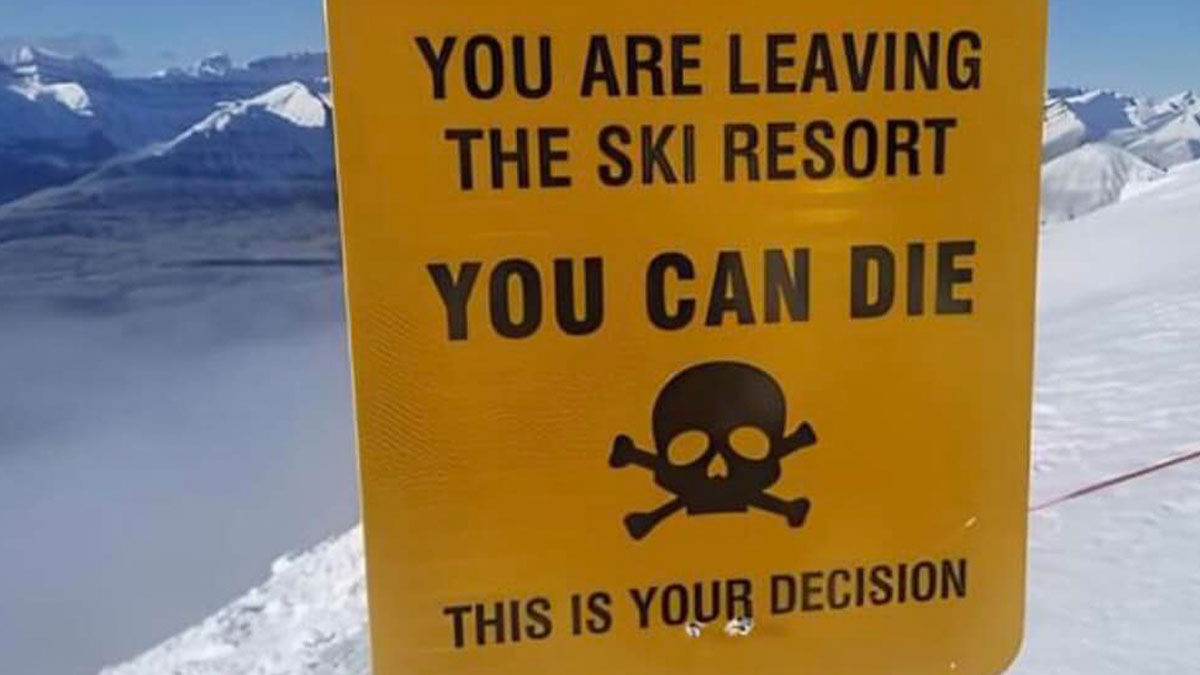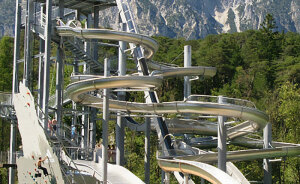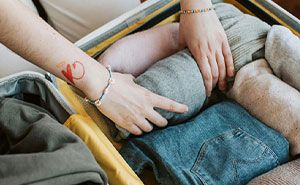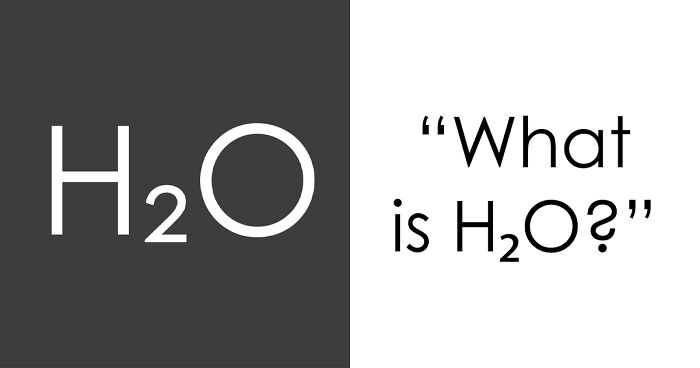We humans are a fascinating bunch. We’ve split the atom, painted masterpieces, and sent robots to Mars. But give us a door with a “pull” sign, and we’ll push every time.
Maybe that’s why the world is full of oddly specific warnings and disclaimers. Because when common sense takes a day off, someone has to write the label that follows. Here are some of the funniest ones people have spotted.
More info: Facebook
This post may include affiliate links.
Warning signs and labels exist on a spectrum. At one end, they serve their purpose, warning us about actual dangers. Straightforward stuff. But swing to the other extreme, and you’ll find labels that make you stop and think, “Really? Someone needed to be told that?” Like when a bag of peanuts kindly informs us it contains... peanuts. Groundbreaking.
The thing is, human behavior, let’s call it adventurousness to be nice, can be unpredictable. And occasionally expensive. When common sense goes out the window, lawsuits often walk in. That’s why companies slap on these hilarious-sounding warnings: sometimes to prevent disaster, but just as often as damage control after something already went wrong.
Take one of the most well-known cases: the 1994 lawsuit between Stella Liebeck and McDonald’s. You’ve probably heard about it before—someone sued because their coffee was hot. But the real story is a lot more serious. Liebeck suffered third-degree burns after spilling coffee that was served between 180–190°F. The jury found that McDonald’s hadn’t done enough to warn customers just how dangerously hot that coffee was.
The case became a turning point. Coffee cups all over the country began sporting big “CONTENTS HOT” labels, often right on the lid. In McDonald’s case, they already had a warning, but it wasn’t visible enough, and the court wasn’t impressed.
I just watched a documentary about an avalanche and learned how some ski areas do preventative maintenance to prevent them. I had no idea how much of a risk they were or how long it can take to find those unfortunate enough to have been in their path.
My road. But reccomend no more than 10 mph or you'll likely bottom out on the potholes.
Ironically, much like many warning labels, the Liebeck case itself is often misunderstood. People still joke about it, not realizing the extent of her injuries—she needed skin grafts on her inner thighs and elsewhere. And while hot coffee should be hot, it shouldn’t be served at near-boiling temperatures that can cause life-altering burns in seconds.
Today, hot beverage warnings are common, but not universal. There’s no global rule that says all coffee cups must have them. So if you’ve heard that every cup now carries a warning because of the Liebeck case, well, it’s kind of a myth.
"Ah, my little darling, it is love at first sight, is it not? We shall make beautiful music together!"
And that wasn’t the last time a lack of labeling caused trouble. In 1996, Judy Dunne sued Wal-Mart after an exercise bike collapsed under her weight. The bike had no label indicating its weight limit, which turned out to be 250 pounds. Dunne weighed 500. She won the case, and that’s how we learned: yes, sometimes you really can be too big to exercise (on that specific bike, anyway).
please cancel your appointment. and if you have not canceled 24 hours before you pass, you will still be charged for the appointment.
Then there’s the time Apple was sued in 2006 by a man named John Kiel Patterson. He claimed his iPod could damage his hearing. Not because of the volume itself, but because there wasn’t a clear enough warning. While Apple had buried a note in the manual, they later added an actual pop-up alert and a volume-limiting option. And that’s why your phone kindly reminds you that blasting music for too long might not be the best idea.
it does make you wonder how many times this has happened before they had to put up a sign
So what’s the lesson here, besides a few laughs at the expense of poorly labeled products? Just because something seems obvious to you, doesn’t mean it’s obvious to everyone. And that idea goes far beyond warning labels, it’s something worth remembering any time confusion or miscommunication creeps in.
Common courtesy on the trail, 100 feet away "Coming up!", if they are walking a dog, 200 feet.
I was once in a party after which the venue introduced a strict "No glitter Ever" rule.
Doesn't clarify who's smacking whom. Child's smacking distance is closer than adult's.
I'm mainly concerned about the chocolate donuts. Who would even do *that*?
Which "Town of Madrid" is this? Because it seems very fitting for my nearest Madrid (NM, USA).
My life of crime began when I touched a "DO NOT TOUCH" sign. Today, the spree of heinous illegal acts continues.
Poll Question
Why do you think oddly specific warnings exist?
To protect companies from legal issues
Because people frequently overlook obvious things
To create humorous content
To raise awareness about potential risks
I was at a plant nursery recently. The warning sign had a pictogram that indicated not to touch the leaves of some particular plants. The text simply read, "I am Groot."
https://i.imgur.com/NYYeGVll.jpg I saw this at a local supermarket. The woman at the information desk assured me that there was a reason why this sign existed. 🤮
It's at https://imgur.com/a/PUtRxwI in case you're interested, I just can't link directly to the image here.
Load More Replies...I was at a plant nursery recently. The warning sign had a pictogram that indicated not to touch the leaves of some particular plants. The text simply read, "I am Groot."
https://i.imgur.com/NYYeGVll.jpg I saw this at a local supermarket. The woman at the information desk assured me that there was a reason why this sign existed. 🤮
It's at https://imgur.com/a/PUtRxwI in case you're interested, I just can't link directly to the image here.
Load More Replies...
 Dark Mode
Dark Mode 

 No fees, cancel anytime
No fees, cancel anytime 















































































































































































